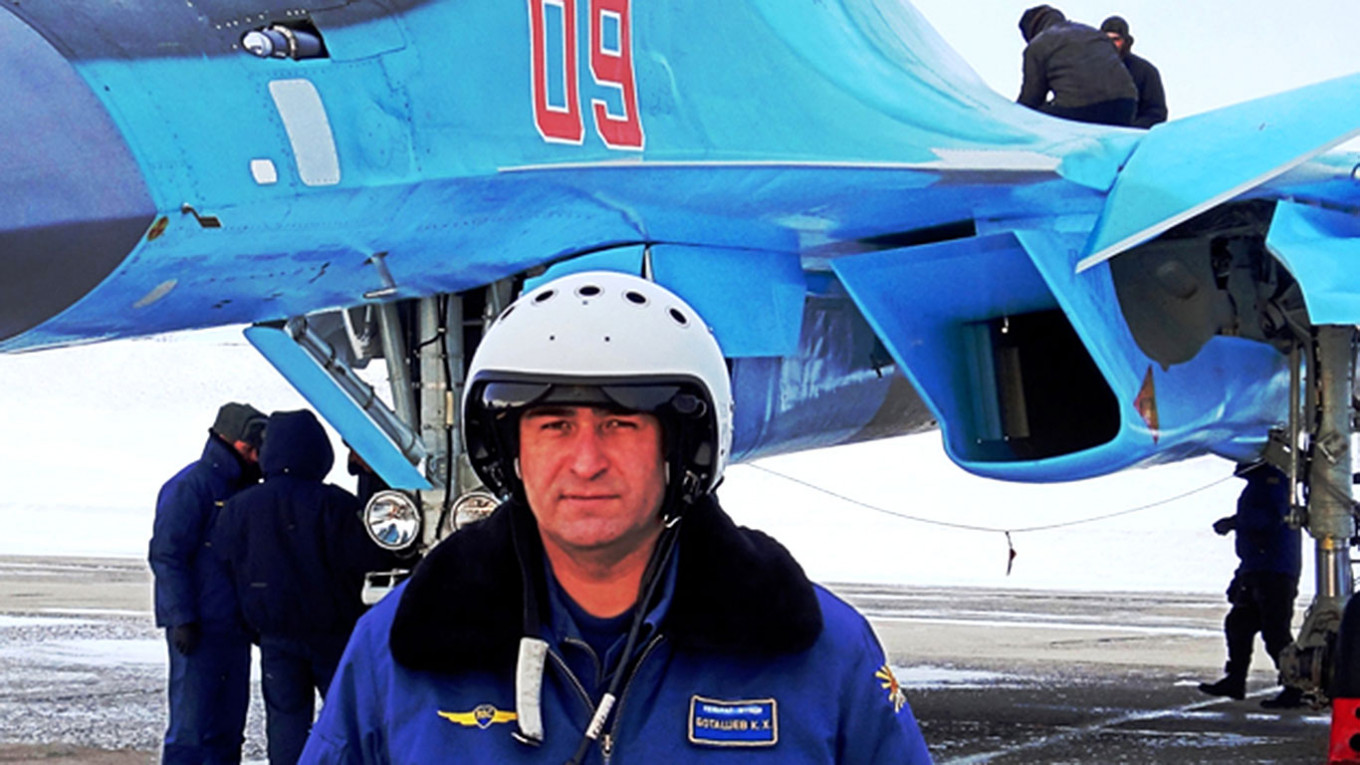It depends based on branch, time in service/rank, and the jobs you have at those ranks. In the Navy, you are guaranteed (granted you hit the wickets to make it to those tours) three flying tours: your initial sea (deployable) tour immediately after flight school, your department head tour (O-4), and your XO/CO tour (O-5). Many forks in the road. Some head to TAR/SELRES and fly over there, others become permanent instructors, some laterally transfer to other communities, and some get out. Your rank and job are also independent. So there are O-5s who screen for command and fly as XOs/COs. People who get selected for O-5, but not command might end up on a staff or as a part of ship's company.
When one retires from the military (at least in the US), they are transferred to the Retired Reserve. In other words, administratively speaking, they are still part of the military. Those in the Retired Reserve can be called back to active duty when the needs of the nation dictates. So if there was a conflict that required a huge military increase, you could most definitely see old pilots flying. The same with retired aircraft. That is why the USAF Boneyard exists.
Fun fact: According to the UCMJ, retirees can go to court martial. However, it is usually not practical since there are competent civilian jurisdictions to handle those legal matters.

